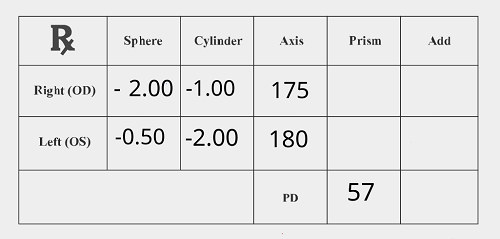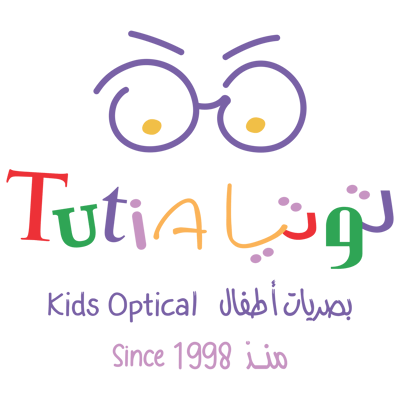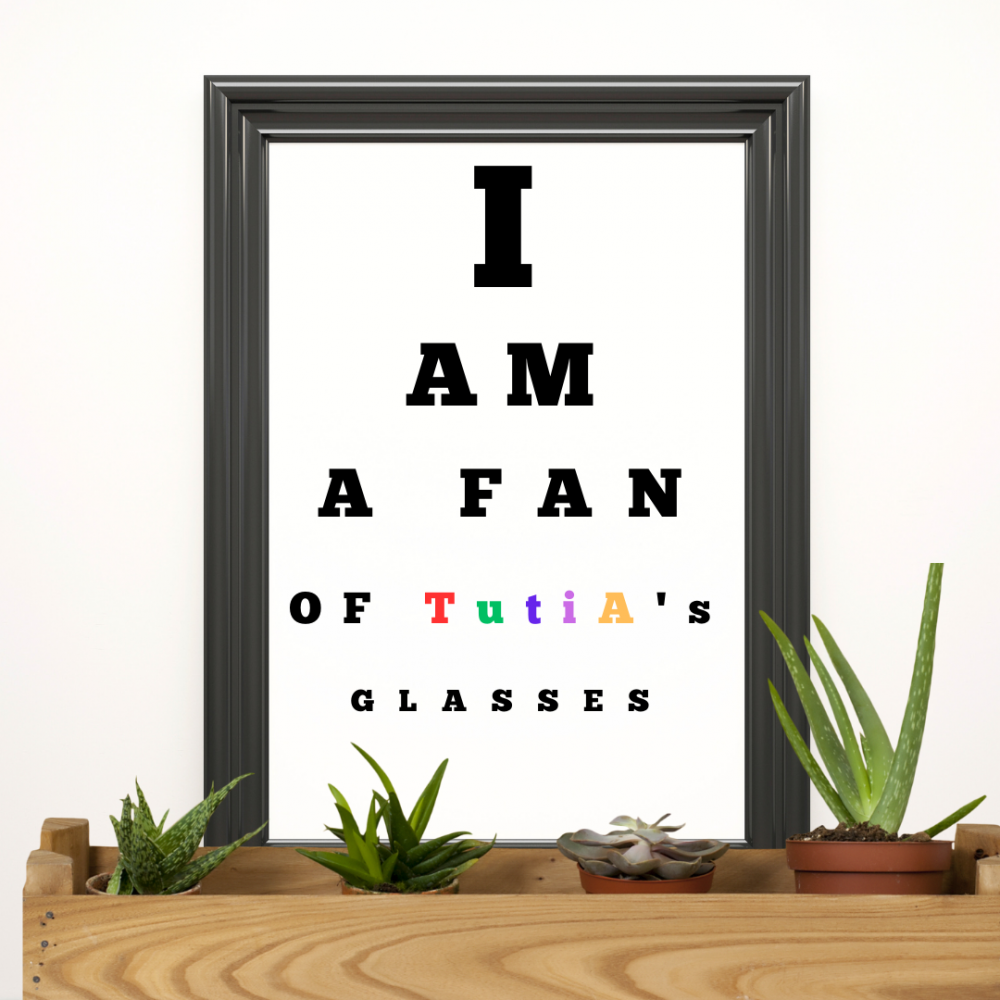Reading your child's eyeglass prescriptions does not require special training. We will break them down and interpret them to give you a basic understanding of your child's vision and to make the shopping experience with us easier.
Where do you start when reading your prescription?

First, we must differentiate between OD, which is (Oculus Dexter), meaning the right eye, and OS, which is (Oculus Sinister), meaning the left eye. These are Latin words. Some doctors may use OU, which means both eyes, or RE for the right eye and LE for the left eye.
- Sphere (SPH ) :
It means the power of the lens used to correct farsightedness or nearsightedness. The (-) sign is used to indicate nearsightedness, and the (+) sign is used to indicate farsightedness.
- Cylinder (CYL) :
and It means the power of the lens used to correct astigmatism. If you do not have astigmatism, nothing will appear under this column.
- Axis (Ax) :
He is the axis and This only applies to astigmatism prescriptions. If your prescription includes Cylinder (CYL), it must also include Axis (Ax). The numbers below this column indicate degrees of angle (from 1 to 180). A higher or lower number does not indicate a weakness. It is simply a degree of angle, not a lens power.
- Prism :
If present, it is used to correct double vision or shifted vision and the value in the prescription indicates the power that needs to be applied to compensate for image alignment problems.
- Add :
If present, it is used only for reading multifocal lenses and indicates the added magnifying power applied to the bottom of the lens in multifocal lenses.
- PD:
It is the distance between the center of the right and left eyes. It is very important. You can find more details about it here.
- Your child's eye doctor may add additional prescription recommendations based on your child's individual needs and lifestyle. This may include blue light blocking lenses , translucent lenses (light-adapting lenses), and more.
- It is recommended that your child have his/her eyes examined periodically between the ages of 6 and 12 months or as directed by the doctor to ensure that his/her eyes are in optimal health and to update his/her prescription.

